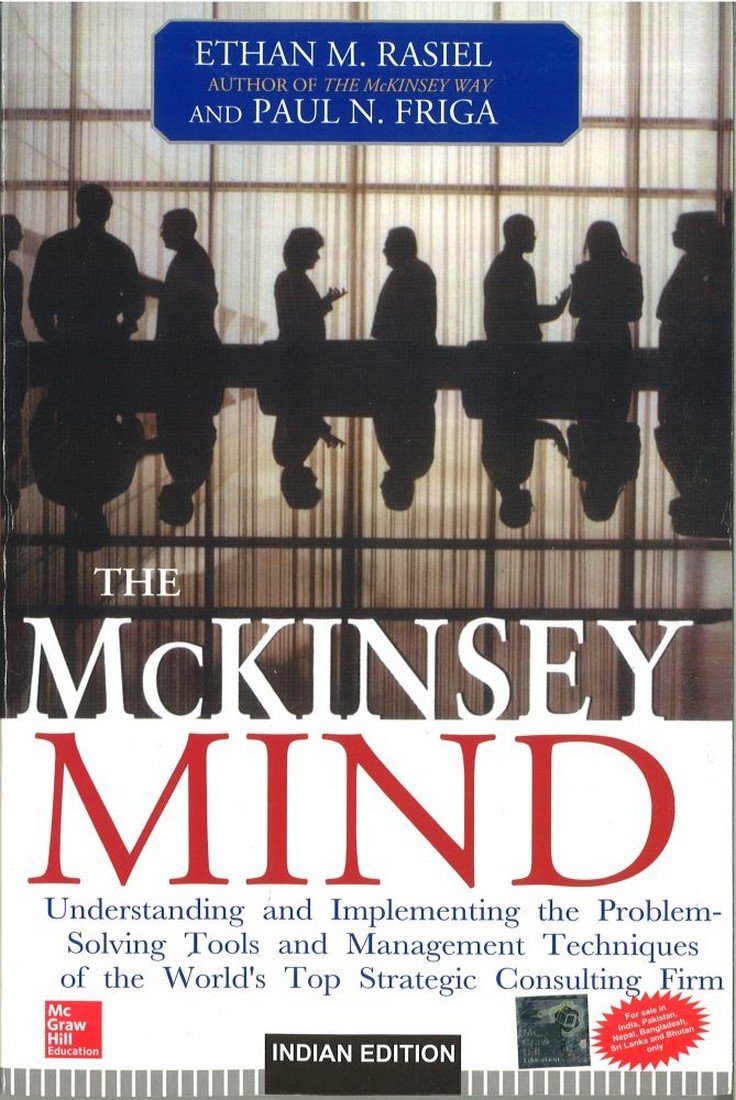Framing the problem: Break the problem into component elements. MECE (Mutually Exclusive and Collectively Exhaustive) is the way we should look at problems. Sometimes similar problems have occurred and provide a good guideline for problem solving. We should be able to form an initial hypothesis in first sight. This will help us to focus, and to save the time. This is based on intuition and works successfully. The last is that a problem is not always a problem, so decide what exactly a problem is. Quick and dirty test (QDT) on hypothesis: what assumptions need to be true in order for the hypothesis to be true
Design the Analysis: Just focus on the key drivers responsible or the problem. Then look at the larger picture from different viewpoints. Don’t strive hard to find that the stage you will find the solution. Sometime the solution just flow to you during the process. Don’t boil the ocean. 20/80 rule applies. Get the analytical priorities straight: Which analyses are indispensible and which is just gravy.
Gathering the Data: Write an interview guide, find out the specific persons, decide on methods like interview, feedback from interviewer, thank you notes, careful planning of the interview process are important for data gathering. Don’t make your interviewee uncomfortable.
Interpreting your results- Find out the useful data. Usually 20 % of data will fulfill your 80% needs. Make charts for everyday progress, work according to your facts and be prepared to leave your solutions. Always ask “so what?” i.e. the implication of the insights. Perform the sanity check on data
See through the client’s eyes, and respect the limits of the client’s ability in implementing the result
Presenting the Data – Be structured, know your audience and act accordingly. Know the solution thoroughly that we can explain clearly in 30 seconds. Keep it simple, one message per chart. Avoid overloading the information. Pre wire everything, get the client to buy-in during the process to avoid surprise
Managing your Team – Get the right kind of people. Look for diversity, not in academic terms but also in terms of behaviour. Communicate. Keep everyone in the information loop. Always promote the team bonding. Spend time together and reward well. It helps in long run.
Feedback and evaluate frequently, and make it balanced
Managing your Client-
Sell your solutions to clients without letting them know. Just be careful about structuring your promises and engagements. The client should be encouraged for participatory role than a listener. Engage the client in the process. Keep the client team on your side. Learn to deal with liability client team members. Pluck the low hanging fruit. Get buy-in thorough the organization.
Share and transfer responsibility with the client. Make them heroes in the company.
Managing yourself – Most important part is you, give ample attention to yourself. Find out your own mentor in the organization, make your boss look great, encourage your subordinates. Delegate around your limitations. Make the most of your network.
Respect your time and say ‘No’ if necessary. Share the load. Lay down your rules for family and yourself and stick to them. Manage your work life and family life balance.

